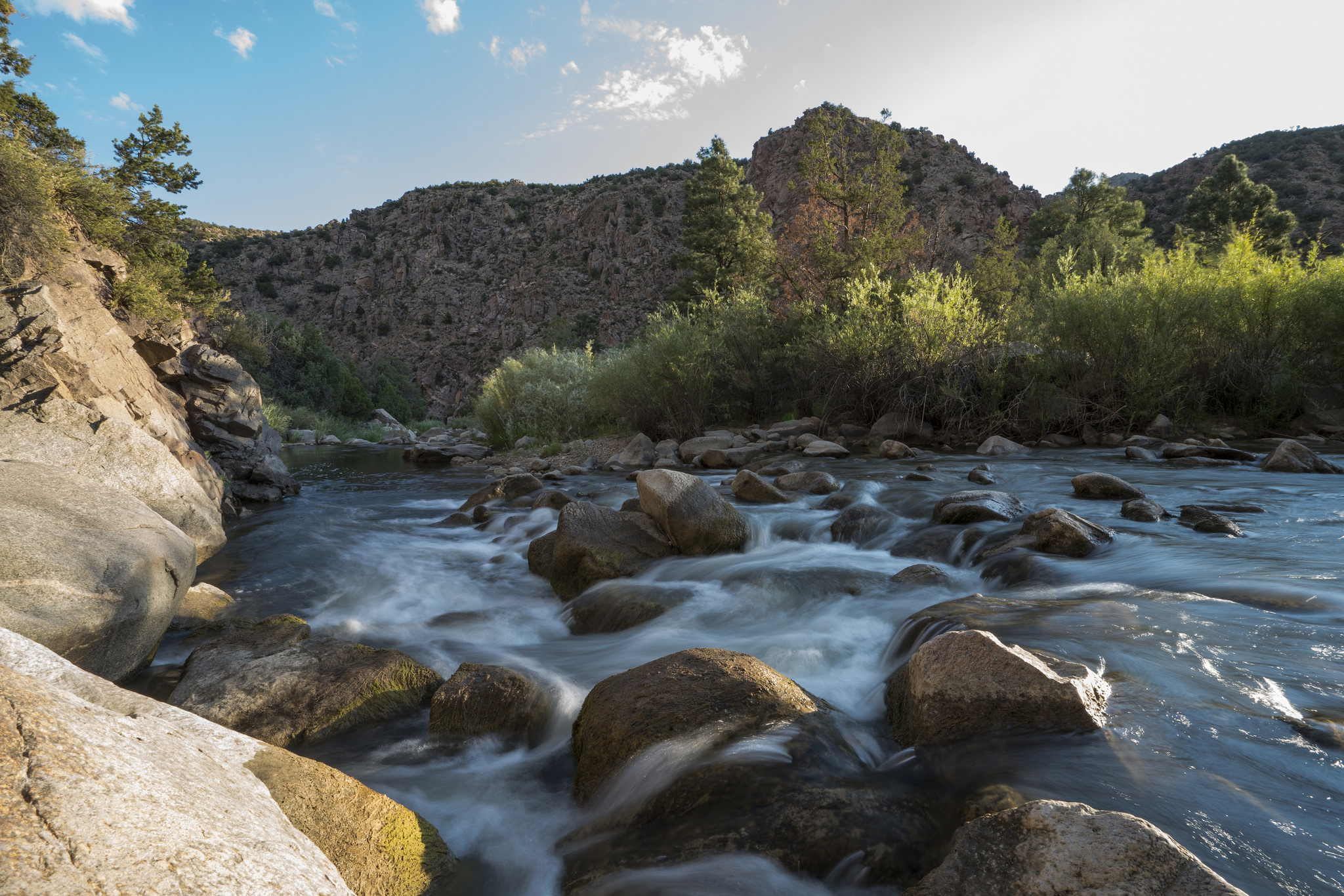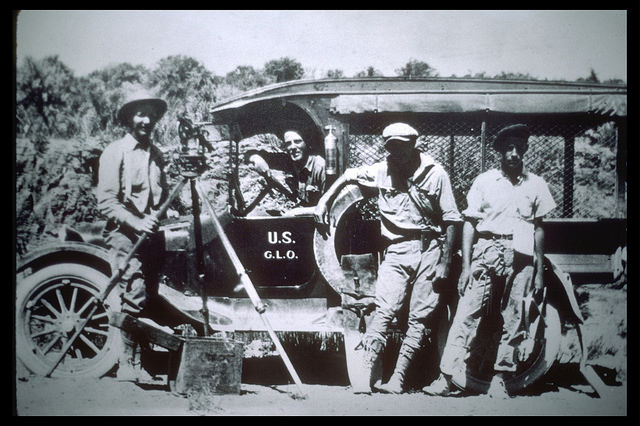The PLF Glendon E. Collins National Archives was established in 1992 as a place to collect and store historical materials related to the BLM, the BLM lands, and the people who worked for the BLM. Paul Rigtrup, who had recently retired from the agency, led the effort to establish the initial PLF Archives. In 2020, our archives was named for Glen Collins who served as a volunteer with the PLF in many capacities including as Archives Manager for many years.
The BLM’s National Training Center (NTC) at 9328 N. 31st Avenue, Phoenix AZ 85051 provided space for the PLF Archives, and the Arizona Chapter of PLF has a Memorandum of Understanding with the NTC for the use of space for the PLF Archives.
The PLF provides historical materials for use in the BLM NTC’s training programs. Some of the PLF Archives files contain only a letter, a photo, or a brief report; some subject matter files and the BLM Office location files are huge. There are individual files on each of the BLM State and District/Field offices that contain photos, maps, and other information about office personnel, programs, projects and events in that office and jurisdiction.
Plus, it isn’t all paper and photos. We have examples of GLO Tract Books from the late 1800s; a BLM Master Title Plat binder from the 1950s; a drawer full of Johnny Horizon bags and memorabilia; a library of books about the history of public lands; several land patents dating back to the late 1800s; complete sets of the “Range Rider” – a Grazing Service newsletter published in the early 1940s; the BLM’s “Our/Your Public Lands” published 1951 – 1986; BLM’s “Personnel Highlights” published 1951 – 1981; and “Inside Track” published in 1980s and 1990s. Most of the PLF Archives materials come from BLM retirees, many of whom report that their spouse is glad that there is a PLF Archives available to take this stuff out of their house. We don’t keep everything, but we usually find at least a few “treasures” in every box. We also receive materials from BLM employees who want to make sure that historical information is saved.
Some examples are:
- Five boxes of historical information and materials used for BLM’s Range Reform and grazing fee study project in the 1990s that were sent to the PLF Archives by members of that BLM project team who felt it was important to save this historical background information about grazing fees, and
- Andy Senti sent three boxes of background materials from the Missouri River Basin Land Classification Project in 1948 – 1954 which helped establish the new BLM as a land management agency, and which he had stored in the basement of the BLM’s Denver Service Center for 50 years. The biggest users of the PLF Archives are writers doing research for books and articles about public lands, and the BLM looking for copies of historical materials it no longer has.
- Lastly, the PLF Archives plays one other very important role for the PLF. It serves as our “central files.” The PLF Archives has file drawers filled with PLF’s corporate documents, financial records, publications, advocacy statements, administrative policies, meeting reports and the like.
For further information about the Archives contact Connie Stone at cstone@publicland.org.


